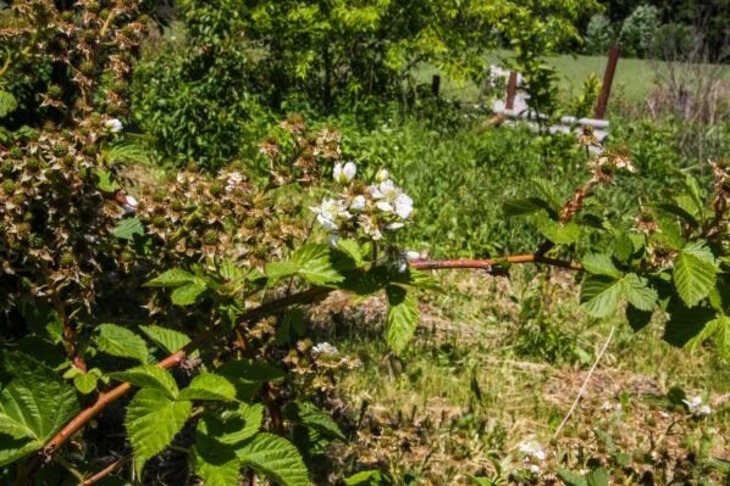What should be the first feeding for raspberries in spring: after it the berries will be sweet as candy
Raspberries respond well to fertilizers, and if you use them wisely, you can increase your yield by up to 50%.
An expert of the online publication BelNovosti, agronomist, landscape designer Anastasia Kovrizhnykh shared a feeding scheme that experienced gardeners use for their raspberry patches.
In the spring, immediately after the snow melts, it is worth scattering nitrogen fertilizer over the soil.
In cool weather, ammonium nitrate is best absorbed by plants. Apply 2 tablespoons per square meter of raspberry, evenly distributing the granules over its entire area.
In moist soil, the granules quickly dissolve, saturating the soil with nitrogen.

A week after applying nitrogen, you can begin fertilizing raspberries with ash.
This fertilizer can quickly compensate for the lack of macro- and microelements and is considered one of the best natural potassium-phosphorus fertilizers.
It also helps reduce the acidity of the soil. It is worth adding about one glass of ash per square meter of raspberry.
Finally, in another week you will need to cover the raspberry patch with a layer of vermicompost.
Biohumus is a biologically active, environmentally friendly and natural organic fertilizer that improves the structure of the soil, increases its gas-holding potential and fertility. It helps improve the quality of poor soil and significantly increase the yield.
To fertilize raspberries, I use 2-3 liters of vermicompost per square meter of plantings.
If desired and possible, you can replace vermicompost with rotted manure or compost.
Earlier we published the lunar sowing calendar for April 1-7, 2024.
